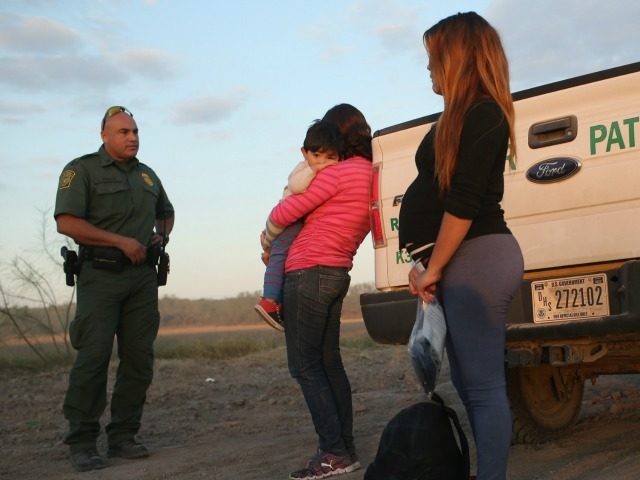More than 7,300 immigrant parents have applied to have the U.S. government bring their children to the U.S. from Central America via the Obama Administration’s Central American Minors Refugee/Parole Program (CAM), according to U.S. Citizenship and Immigration Services’ annual Ombudsman report.
The CAM program allows immigrants who, in most cases, would not normally qualify for legal family reunification programs, to petition to have their children living in El Salvador, Guatemala, or Honduras to come to the U.S. as refugees or parolees.
USCIS and the State Department created the CAM program in 2014 in response to the unprecedented surge of unaccompanied minors from Central America illegally crossing the U.S.-Mexico border. That fiscal year, Customs and Border Patrol apprehended 51,705 unaccompanied minors from El Salvador, Guatemala, and Honduras illegally entering the U.S. — a 1,464 percent increase over the number of unaccompanied minors CBP processed in FY 2009.
According to the Ombudsman report, as of March 21, the State Department had received 7,357 CAM applications filed by parents representing 8,035 Central American minors — a substantial increase over the 565 CAM applications received in the first five months of the program.
As of March 28, the CAM program had facilitated the arrival of 144 Central American minors (46 processed as refugees and 98 as parolees). Of the recent arrivals, 93 were from El Salvador, 46 were from Honduras and 5 were from Guatemala.
The other applications were still in the adjudication process, according to the Ombudsman, “As of March 21, 2016, 2,633 children in El Salvador, 38 in Guatemala and 175 in Honduras had not yet received a pre-screening interview. A total of 1,088 children had completed prescreening, but had not received DNA testing results, and 1,143 children had not yet been interviewed to determine if they qualified for refugee or parole status.”
The vast majority of the petitioning parents would not otherwise be qualified to bring family members to the U.S., including illegal immigrants granted executive amnesty and others shielded from deportation by Temporary Protected Status.
“By far, Temporary Protected Status (TPS) was the immigration status held by the largest percentage of petitioning Qualifying Parents—approximately 89 percent,” according to the Ombudsman. “Slightly more than eight percent were submitted by legal permanent residents. Other forms of lawful status held by a smaller percentage of Qualifying Parents included DACA, Deferred Action (non-DACA), parole, and withholding of removal.”
While the Obama Administration has billed the CAM program as an effort to help mitigate the illegal flow of Central Americans to the U.S.-Mexico border critics say it is another example of the administration circumventing Congress and opening up another questionable immigration pathway.
“In effect, the President’s answer to the ongoing run on the border is to order government officials to transport many of those same individuals from Central America into the U.S. with lawful paperwork and guaranteed access to federal benefits,” Sen. Jeff Sessions (R-AL) noted in reaction to the program last year.

COMMENTS
Please let us know if you're having issues with commenting.